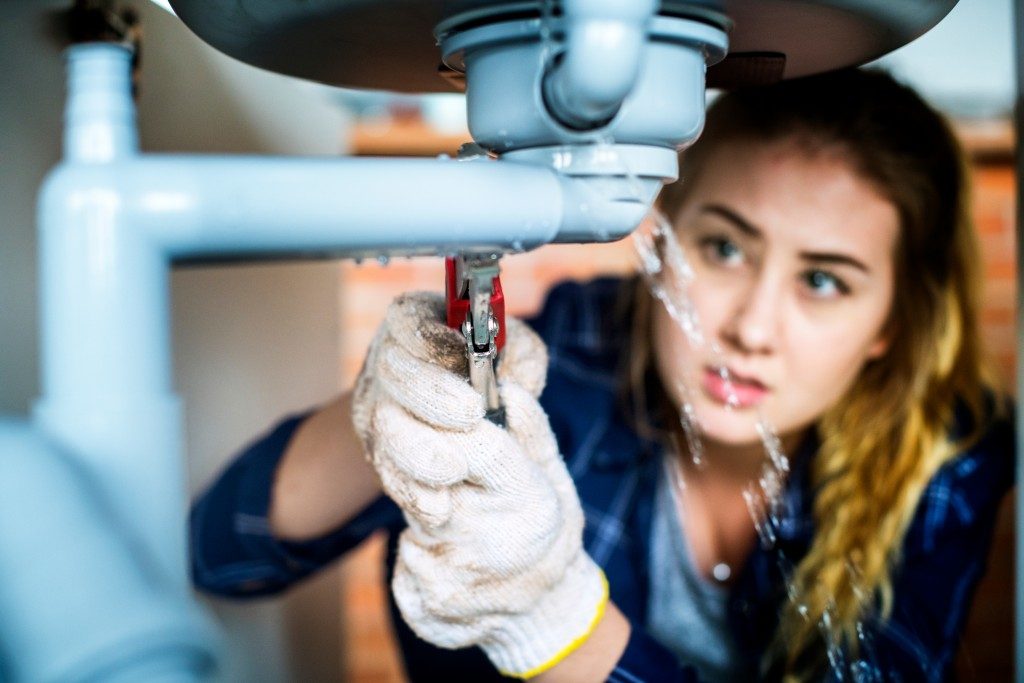Saving water by consciously consuming less and recycling water inside your household is a good idea. However, it appears to be only half of the story. According to the United States Environmental Protection Agency (EPA), the average American family consumes around 300 gallons of water per day. A big percentage of this is spent indoors, and flushing the toilet is one of the largest water guzzlers in the house.
Besides this, leaks and drips also add to household water consumption without homeowners even noticing it. In Salt Lake City, Utah, plumbing professionals look at possible leaks inside homes to not only lower water bills but also prevent possible damage.
Water leaks can wreak havoc on wooden floors, ceilings, furniture, and cabinets. It can seep into various areas over the house and cause molds and rot. Spotting them earlier rather than later is key. Here are a few types of leaks and how you can find them.
The Leaking Toilet
The toilet is a simple piece of machinery that depends on water pressure and gravity. The leaks occur due to improper or damaged seals or if the valve does not fit when it closes. The leak causes a continuous flow of water, which can waste up to 200 gallons a day.
In some cases of leaks, there is a faint noise like bubbling water, which can be heard near the tank. There would also be a slightly noticeable flow of water down the sides of the bowl. To confirm the leak, add a few drops of food coloring into the tank. The food color will stain into the bowl if there is a leak. Schedule repairs with plumbers to fix the leak.
The Hidden Pipe Leaks

The EPA WaterSense program has revealed that households consuming over 12,000 gallons of water a month most likely have hidden leaks in their homes. It is important to call a plumber and start the process of looking for leaks in the pipes behind the floors or walls.
Not only will the water bill continue to balloon, but the leaks are most likely also causing damage in the house’s structure as well. Plumbers have ways to detect hidden leaks, but it may require knocking down a couple of walls and removing insulation in the process.
The Leaky Faucets
You might be thinking that a few drips and drops here and there do not amount to a lot of water being wasted. But, they actually do. A leaking faucet or shower dripping at a slow rate of one drip every minute equals 3,000 gallons of wastewater every year. In reality, faucets and showers drip a lot faster than that, so homeowners should be conscious of these drips and have the faucets or showerheads replaced immediately.
In addition to these leaks, homeowners should also look out for old-model toilets. The ones that are more than 20 years old require about 6 gallons to flush while modern ones only require half of that amount. That is a massive difference in your family’s daily, weekly, and eventually yearly consumption.
Besides saving money on water expenses, fixing leaks and drips and replacing antique fixtures to save water is also good for the environment. In this day and age of drought and water shortage, doing every bit to help is a good move.

